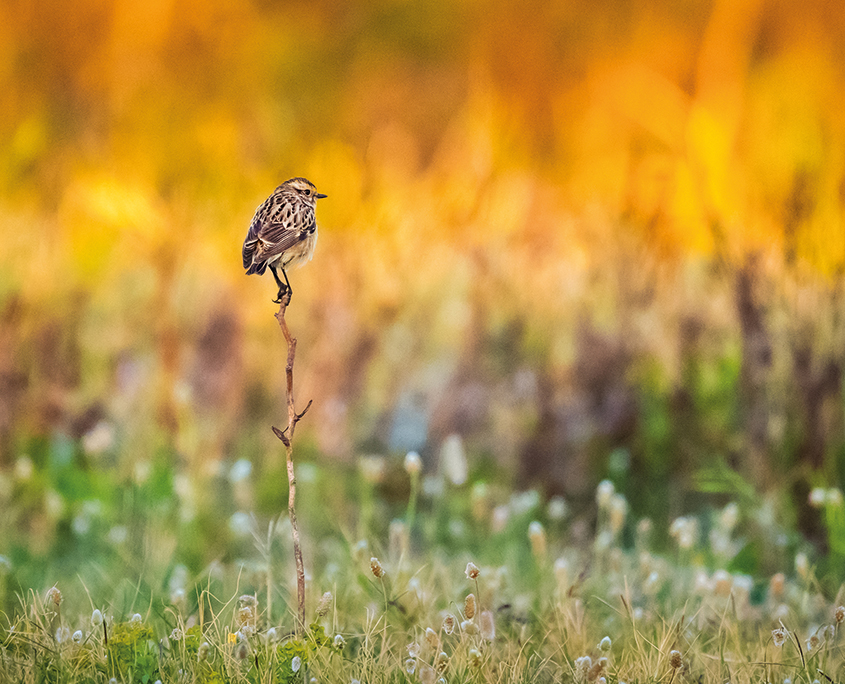World Migratory Bird Day
Africa’s vital role in global bird migration
Every year, billions of migratory birds traverse the globe, following ancient routes that link continents and ecosystems. Among the world’s three major global flyways, the Americas Flyway, the African-Eurasian Flyway, and the East Asian-Australasian Flyway, Africa stands out as one of the most vital regions for both bird migration and conservation. Its landscapes, ranging from wetlands and forests to savannahs and deserts, form an essential lifeline for species that migrate thousands of kilometres between breeding and wintering grounds.
Africa’s role in this vast migratory system is defined by geography. The African-Eurasian Flyway connects Europe and Asia to sub-Saharan Africa, guiding millions of birds that breed in the north and migrate south for the winter. Along this route, species such as storks, swallows, cranes, and raptors depend on African wetlands, lakes, and coastal habitats to rest and feed. These stopover sites, such as the Rift Valley lakes, the Niger Delta, and the Okavango, are crucial for survival, providing food and shelter after long, exhausting flights. Without them, entire migratory populations could collapse.
From an ecological perspective, this makes Africa a shared responsibility for the global community. Migratory birds do not recognise national borders; their life cycles depend on interconnected habitats across continents. A bird that hatches in Scandinavia, for example, might spend most of the year in East Africa. This interdependence means conservation efforts must extend beyond local or national initiatives. Protecting these birds requires a collaborative approach involving African nations, international research networks, and local communities.
From a scientific standpoint, collaboration in documenting bird migration is just as critical as habitat protection. Reliable data helps track population trends, understand changing migration patterns, and identify new threats such as climate change, habitat loss, and pollution. However, documentation remains uneven across Africa. Many regions still lack long-term monitoring systems or updated field data, leaving knowledge gaps that hinder effective policy and conservation planning. Strengthening research partnerships between African universities, conservation groups, and global bird observatories would ensure that Africa’s role in migration is accurately recorded and globally recognised.
From a community perspective, documenting bird migration also carries economic and cultural importance. Many African communities depend on ecotourism and birdwatching as sustainable sources of income. Beyond economics, birds hold symbolic meaning in numerous African traditions, representing freedom, renewal, and resilience. Capturing and sharing these narratives can help bridge the gap between scientific and cultural perspectives, ensuring that conservation speaks to both local identities and global goals.
From a policy angle, collaboration supports evidence-based decision-making. Regional frameworks, such as the Agreement on the Conservation of African–Eurasian Migratory Waterbirds (AEWA) and the Convention on Migratory Species (CMS), provide platforms for countries to coordinate their efforts. Yet their success depends on accurate, shared data and the inclusion of African voices in research and policy discussions.
Documenting Africa’s role in global bird migration is not only a matter of science but also one of stewardship. Africa is both a destination and a bridge in the great cycle of migration, sustaining life that connects continents. Collaborative documentation ensures that these stories are told, that data informs action, and that future generations inherit skies still alive with the movement of wings.



